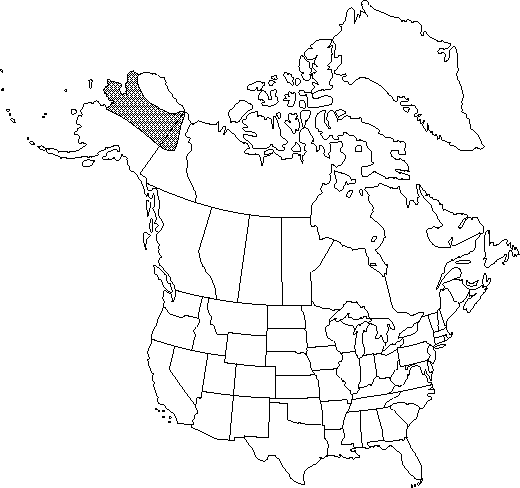Anemone multiceps
Publ. Field Mus. Nat. Hist., Rep. Ser. 8(5): 310. 1931.
Aerial shoots (3-) 5-15 cm, from caudices, caudices ascending to primarily vertical. Basal leaves 5-20 (-30+), 2-ternate, occasionally irregularly so; petiole 2-5 (-10) cm; terminal leaflet sessile or basally attenuate and appearing petiolulate, obovate to obtriangular, 0.5-2 (-3) × 0.5-2 cm, bases narrowly cuneate to cuneate, margins incised to dissected on distal 1/3-1/2, apex broadly acute to obtuse, surfaces sparsely villous, often nearly glabrous; lateral leaflets 2×-lobed, lobing frequently irregular; ultimate lobes 1-2.6 mm wide. Inflorescences 1-flowered; peduncle villous; involucral-bracts 3 (-4), 1-tiered, ±similar to basal leaves, highly reduced, 2-ternate or irregularly so, bases distinct; terminal leaflet sessile or basally attenuate and appearing petiolulate, obovate to pinnatifid, 1-2 (-2.5) × 0.5-2 cm, base narrowly cuneate to cuneate, margins incised to dissected on distal 1/3-1/2, apex broadly acute to obtuse, surfaces villous; lateral leaflets 2×-parted, division frequently irregular; ultimate segments 1-2.5 mm wide. Flowers: sepals 5-6, blue to purple, oblong or narrowly obovate, 8-20 × 6-10 mm, abaxially villous; stamens 80-100, purple; styles red. Heads of achenes spheric, rarely cylindric; pedicel 2-6 (-18) cm. Achenes: body ovoid, 2-4 × 1-1.5 mm, not winged, villous; beak straight, 2-4 (-6) mm, glabrous. 2n=16.
Phenology: Flowering spring–summer (May–Jul).
Habitat: Tundra, slopes, ridges, limestone outcrops, and screes
Elevation: 100-2100 m
Discussion
Anemone multiceps has uniformly purple sepals, purple stamens, and red styles, whereas A. drummondii (morphologically most similar to A. multiceps) has white or adaxially white and abaxially bluish sepals, whitish stamens, and white styles. Future biosystematic analysis of these entities is needed to determine whether A. multiceps is indeed distinct from A. drummondii.
Selected References
None.
Lower Taxa
"villous" is not a number.
